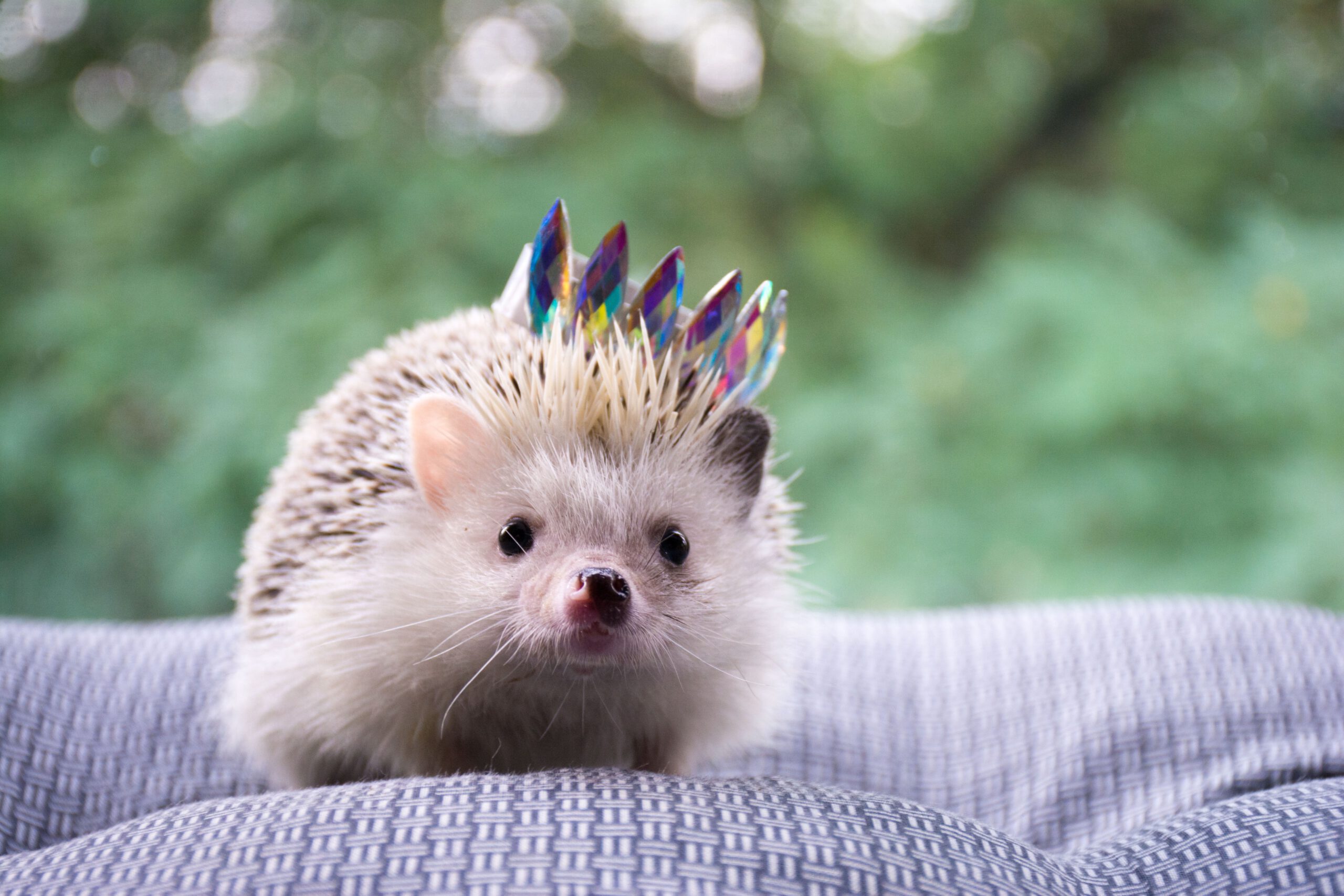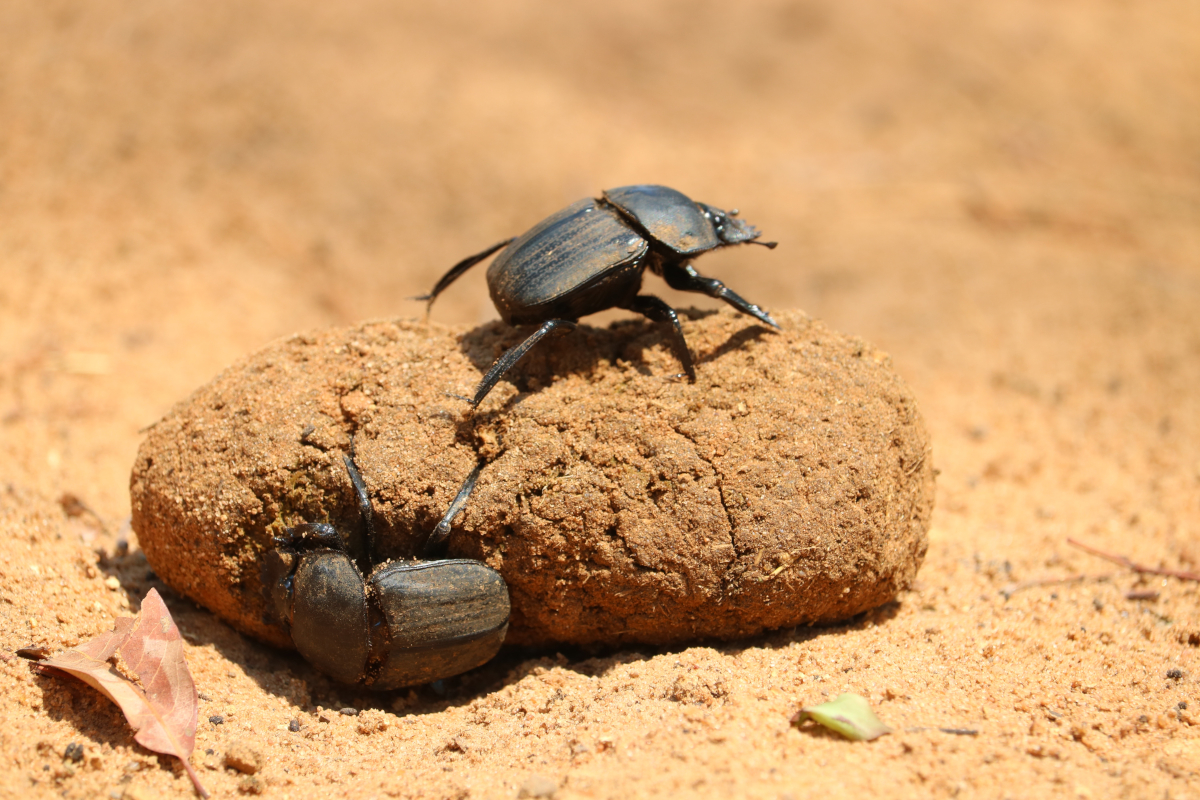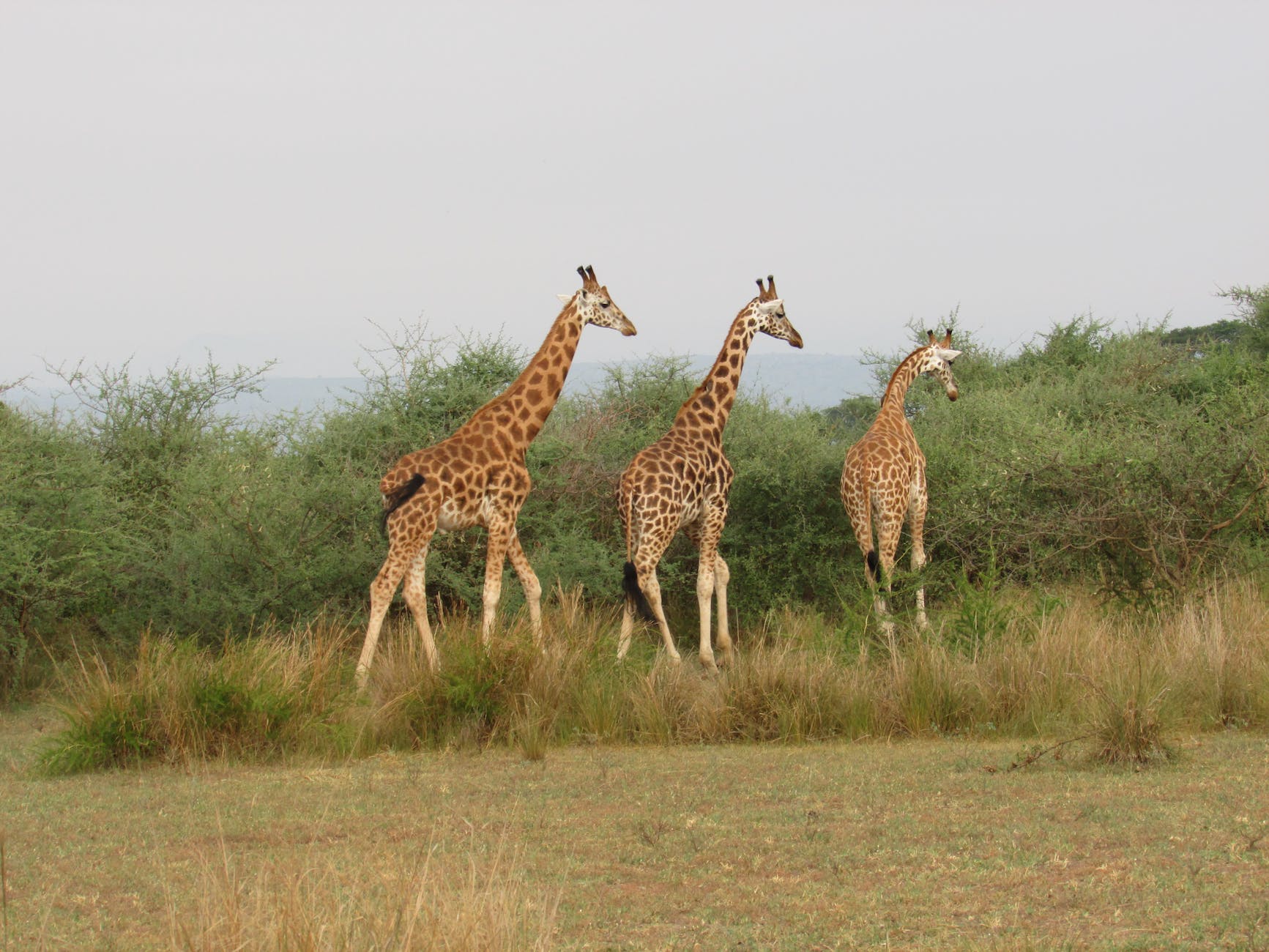Biology 101: What is convergent evolution?
And how is convergent evolution relevant to hedgehogs and tenrecs? These are two regularly asked questions whenever i explain that i research both and educate about both groups of animals. Because they aren’t related to eachother, so what is the point of foccusing on both and why do they look so similar if they are not related?
Introduction of the Biology 101 series
Biology 101 is a new series in which i explain the basics of biology. Biology is very diverse and includes topics like animal behavior science, conservationism, ecology and microbiology to name a few. By educating on the basics as well as in-depth topics, we will be hosting to a variety of people with varying amounts of knowledge about animals. Starting the series with the topic of convergent evolution.
Convergent evolution
The evolution of the same functions in different, not related taxonomical groups. That, of course, is very shortly stated. But to really get into it, you’d first have to know what evolution is.
You probably have heard of the evolution theory or have had biology lessons in school teaching about evolution. But if you haven’t this subject can be very difficult to understand and very confusing. Evolution is a very slow process of change in population of organisms by means of inherited traits and natural selection.
A change in genes
Through inheriting genes, an organism gets specific genetic characteristics and traits from its parents, per gene they get one allele from the mother and one from the father. A change in these genes happens very randomly and these changes can cause new traits in the offspring of that organism when it reproduces. Sometimes these changes (mutations) provide a better chance on survival and these animals become stronger and reproduce more easily and become older, so they can reproduce more often. Mutations that have perks like this, often strive and become more prominent then mutations that are less beneficial or are even harmful for the organism. This effect has long-lasting effect on the survival as a species, in which the more beneficial traits become more and more prominent and new mutations arise that are even more beneficial and the process continues.
This process is due to both a form of natural selection as well as genetic distribution. The more the beneficial mutation spreads throughout the species, the more organisms benefit from it over time. But beneficial traits also become desireable by reproducing animals who actively select those traits in a partner. And as this process happens over several generations, these changes can cause an organism to become so vastly different to the original species, that it becomes a new species.

This process is called evolution. One original species, slowly and over several generations, mutates into a new species. And that new species evolves and mutates in another species, and so on.
Different roots, same traits
At some point during evolution, when so many species exist, a lot of species can look alike. A good example are hedgehogs and tenrecs. Some of these can looks vastly different (like the African pygmy hedgehog and the Highland streaked tenrec) while others look very similar without being directly related (like the Greater hedgehog tenrec and the Northern white-breasted hedgehog), though they all look and behave somewhat alike and live in similar circumstances.
This happens when species live in the same circumstances, in similar habitats and develope similar traits over time. These species have long since parted ways in evolution, but are often still within the same taxa. In the case of hedgehogs and tenrecs, they are both in the same order of Eulipotyphla (insect eaters) and from there evolved into different families (Erinaceidae & Tenrecidae) and different species.
This evolution of animals that are unrelated but look similar is called convergent evolution.


Why we research both
These similarities are a big reason why The Hedgehog Program researches both hedgehogs and tenrecs. To see the similarities, but also to research the differences between the species in their looks, their behavior and their circumstances. Much is still unknown about hedgehogs and tenrecs in general, though some species -like the European hedgehog- gain much more attention in science.
We hope to highlight these differences, but also bring more attention to species that haven’t gotten much attention in research. Through rescues, breeders and pet owners, we collect a few of various species’ hairs and quills to start studying the structure and pigments in them. Doing field research allows us to study their natural habitats and their behaviors. Through questionnaires we can study the general health and weights of hedgehogs and tenrecss in captivity, as well as the general life span of those species and monitor them over the years.
Read more about our projects.
Article by Judith Dunkirk.
References
[1] By Bernard DUPONT from FRANCE – Greater Hedgehog Tenrec (Setifer setosus), CC BY-SA 2.0, https://commons.wikimedia.org/w/index.php?curid=40781881 No changed were made to this visual.
[2] By Elembis – GPL image File:643px-Explanation of Evolution v2.1.PNG, CC BY-SA 3.0, https://commons.wikimedia.org/w/index.php?curid=2192184. File is adapted: converted from .svg to .png.
[learn_press_profile]



